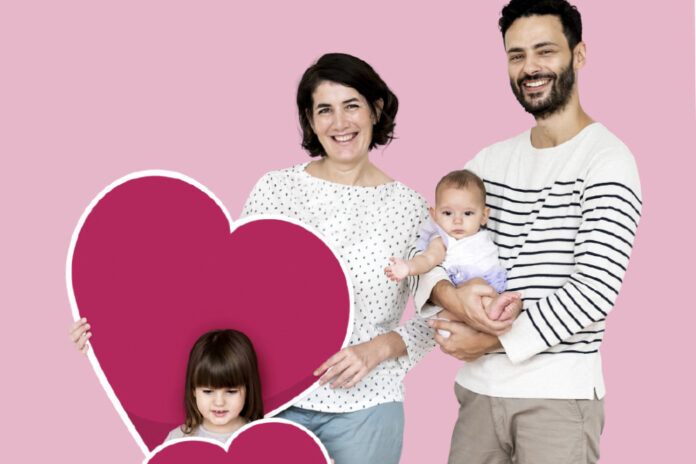By Rania Sa’adi, Rapid Transformational Therapist & Clinical Hypnotherapist
Love is a universal emotion, yet the ways people express and interpret love can vary widely. By recognising and appreciating the diverse ways people show and receive love, we can create stronger connections and improve communication in all types of relationships.
Here are the five primary love languages:
- Words of affirmation: Verbal expressions like compliments, encouragement, or saying “I love you” deeply resonate with people who value this language
2. Acts of service: Thoughtful actions, like cooking or helping with tasks, show love to those who cherish this language
3. Receiving gifts: Small, thoughtful presents or tokens are meaningful to those who see love in tangible gestures
4. Quality time: Giving undivided attention and sharing meaningful moments is vital for those who prioritise this language
5. Physical touch: Hugs, hand-holding, or other affectionate gestures are essential for people who feel love through touch
The impact of love languages
on relationships
Understanding love languages can significantly enhance relationships by improving communication, fostering empathy and reducing misunderstandings. Here’s how:
- Improved communication When partners, friends, or family members understand each other’s love languages, they can express affection in ways that resonate most deeply.
For example, a person whose love language is words of affirmation might not feel valued if their partner focuses solely on acts of service. By aligning expressions of love with the recipient’s preferences, communication becomes more meaningful and effective
2. Increased empathy Recognising that people have different love languages fosters empathy and understanding. It encourages individuals to step outside their own preferences and consider how others perceive love
3. Conflict resolution Many conflicts in relationships arise from feeling unappreciated or misunderstood. Identifying and addressing mismatched love languages can alleviate these tensions. For instance, if one person feels unloved because their partner rarely expresses affection through words, discussing and addressing this gap can lead to greater harmony
Beyond romantic relationships
While the love languages framework is often associated with romantic relationships, it applies equally well to other forms of connection, including friendships, family dynamics and workplace relationships. For example:
Friendships: A friend who values quality time might appreciate a coffee date or a phone call more than a gift. Recognising this can strengthen the bond
Parent-child relationships: Understanding a child’s love language can help parents nurture their child’s emotional needs more effectively
Workplace dynamics: In professional settings, acts of service such as helping a colleague with a task or using words of affirmation (praising someone’s work) can build camaraderie and mutual respect
One of the challenge of love languages, is balancing one’s own love language with that of others. For example, if you value physical touch, but the other person prioritises acts of service, finding ways to meet both needs requires open communication and compromise.
Tips for applying love languages
- Identifying your love language: Reflect on how you most naturally express love and what makes you feel most appreciated. Online quizzes or discussions with close ones can provide clarity
2. Learning others’ love languages: Pay attention to how the people in your life express affection and ask them directly about their preferences
3. Communicating openly: Share your love language with others and encourage them to share theirs. Open dialogue fosters understanding
4. Adapting and experimenting: Try expressing love in different ways to see what resonates most with those you care about. Be willing to step out of your comfort zone
The concept of love languages offers a powerful tool for enhancing relationships and improving communication. By understanding and respecting the diverse ways people give and receive love, we can build deeper connections and create more fulfilling relationships.
You can contact Rania Sa’adi at [email protected]






